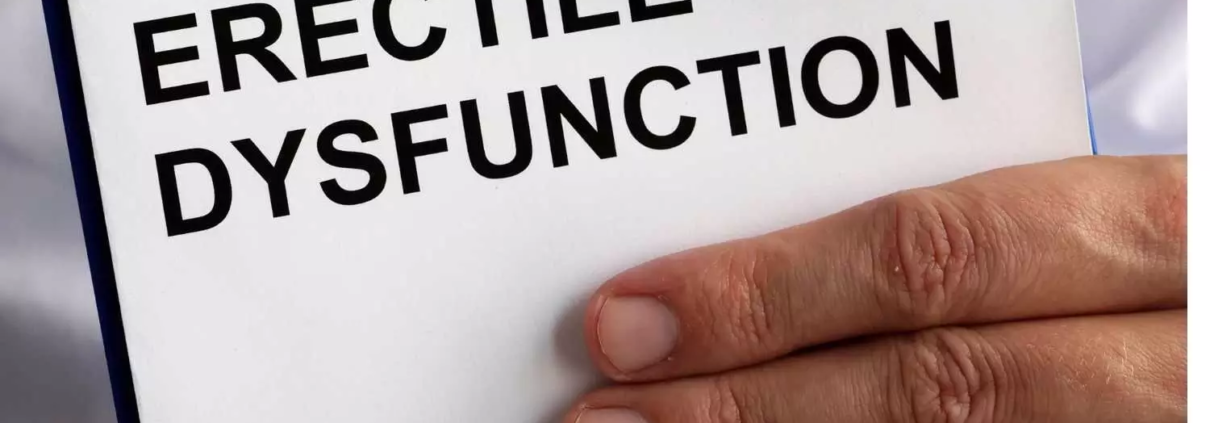Low-intensity extracorporeal shock wave therapy ineffective for Post-Prostatectomy Erectile Dysfunction: Study

A new study published in The Journal of Urology found that low-intensity extracorporeal shock wave therapy (LI-SWT) did not significantly improve erectile dysfunction (ED) in men post-radical prostatectomy when compared to a sham procedure. Fewer than 20% of men in the LI-SWT group achieved erections sufficient for sexual intercourse.
Even with nerve-sparing procedures, ED is still a serious side effect following radical prostatectomy. According to a 2009 meta-analysis, 58% of patients recovered their erectile function overall following prostatectomy, meaning that a sizable portion of patients still experienced ED after the procedure.
Due to the poor efficacy of current therapies, innovative strategies are desperately needed. For many years, a variety of medical specialties have employed extracorporeal shock wave treatment (ESWT). By encouraging neoangiogenesis and nerve regeneration, low-intensity extracorporeal shock wave treatment has demonstrated potential for vasculogenic ED.
Furthermore, there is evidence that shock wave treatment may enhance the way phosphodiesterase type 5 inhibitors work. Although there is little research on LI-SWT’s effects following prostatectomy, the findings are promising. The precise mode of action is still uncertain, though. Thus, to fill a significant need in the available rehabilitation alternatives, this study assessed whether LI-SWT might enhance erectile function in individuals who had undergone a prostatectomy.
A total of 75 subjects in all were randomly assigned to either LI-SWT or a sham therapy. A zero-inflated negative binomial model was used to assess the IIEF scores, and suitable nonparametric techniques, such as binary transformation for clinically significant outcomes, were used to the ordinal EHS data.
With a ratio of 1.2 (95% CI: 0.1-2.4, P =.469), the zero-inflated model for IIEF scores revealed no discernible difference between treatment groups. The LI-SWT group’s estimated median IIEF score at 24 weeks after treatment was 4, whereas the sham group’s was 4. With median scores at 24 weeks of 2 in the LI-SWT group compared to 2 in the sham group, there was no discernible treatment benefit for EHS.
At 24 weeks, 18% (95% CI: 9%-34%) of patients in the LI-SWT group and 26% (95% CI: 14%-43%) of patients in the sham group had sufficient erection hardness (EHS ≥3) (P =.552). Overall, the results support that LI-SWT is not likely to be a successful therapeutic option for ED following a prostatectomy.
Reference:
Pedersen, T. B., Secher, C., Moumneh, A., Hvid, N., Lund, M., Fojecki, G., & Lund, L. (2025). A prospective randomized study on low-energy extracorporeal shock wave therapy for erectile dysfunction after radical prostatectomy. The Journal of Urology, 214(2), 156–166. https://doi.org/10.1097/JU.0000000000004576



